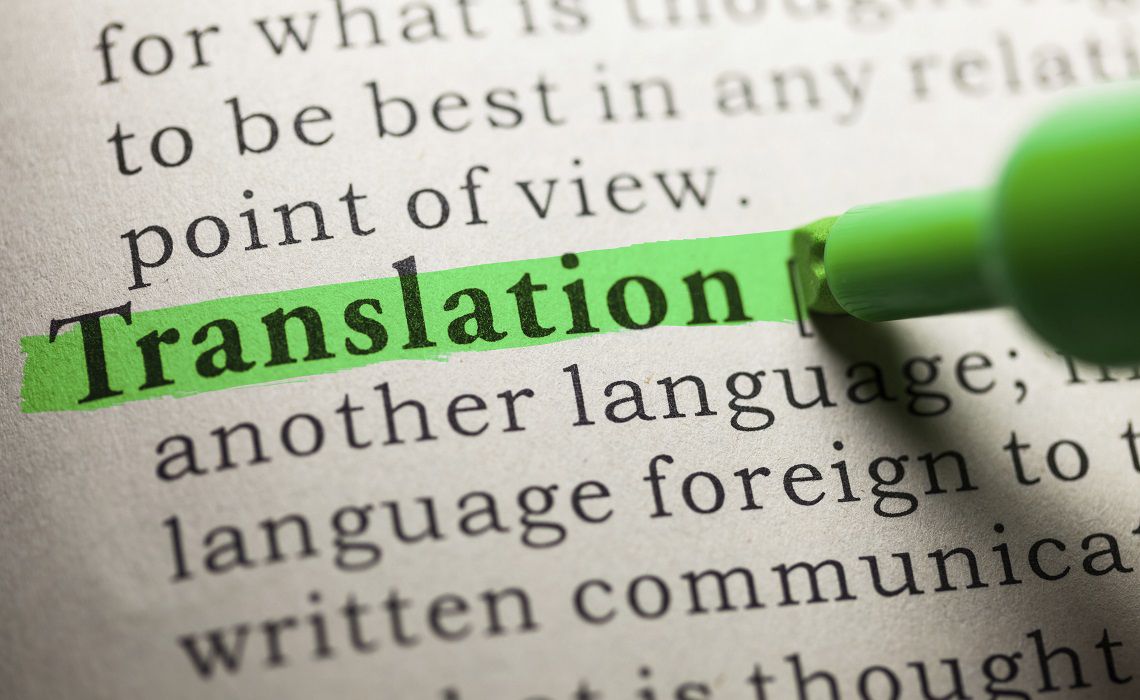Translators and Their Texts
Medical Pharmaceutical Translations • Sep 29, 2017 12:00:00 AM

With our mastery of languages, translators can seem like pretty powerful people. But there are some rules we have to follow. One of these can make the difference between a successful translation, and something verging on the incomprehensible.
It might seem that the biggest stumbling block for a translator is the limitation of the languages we work in. I remember a client who insisted I translate his company’s two-word English slogan into the same number of words -even characters – in French. Due to the nature and message his slogan was trying to convey, this was impossible. Some languages, like French, usually require articles in sentences, and any language may have different word lengths. Luckily, there are ways to work around an issue like this. One way is to offer a similar version of the original. This is the core of translation, when you think about it: It’s not about word-for-word, but idea-for-idea.
Even then, there might be some compromises. Take McDonald’s famous “I’m lovin’ it” catchphrase. In a language like French, there is no present progressive tense to convey that sense of excited immediacy. And as I’ve mentioned before, the phrase’s being technically grammatically incorrect would freak French customers out; in their culture, grammatical correctness is of paramount importance. You’ll even find museum exhibit labels that have been corrected by visitors. So the translator came up with a close approximation: C’est tout ce que j’aime – “It’s everything I love”. The phrase lacks the pep and energy of the original, but still gives the overall impression of positivity and excitement, and stays within the grammatical bounds of the French language.
This example perfectly illustrates how translators can only do so much. It’s important to remember that we’re not writers, but language interpreters.
Sometimes even translators may need to be reminded of this. It can be so tempting to correct a mistake or make a text clearer or more compelling. But that would be wrong: if the essence of translation is conveying an idea, any changes mean that you’re altering the message.
Being as true as possible to the original text is one of translation’s biggest rules. But it can seem futile at times. Now and then, you’ll come across an original text that’s so unclear, badly organized, or generally poorly written, that you know your translation truly won’t be helpful. I’ve heard of translation agency clients contacting the company about a translation that they think is faulty or unfinished. When the company reviews the original text, it turns out that the translator wasn’t in the wrong; that was from the material they had to work with.
When this happens, a client will sometimes edit or change the text, themselves. This is understandable, but could also potentially cause problems if the original’s ideas are lost, or if they end up misinterpreting the meaning behind particular phrases and statistics. The consequences of this kind of mistake can range from frustrating – for example, in literary translation – to downright dangerous in fields like medical translation.
The best way to deal with a source material issue is to contact the original writer and see if he or she can clarify confusing or possibly erroneous details. And of course, an even better solution is for anyone expecting a document to be translated to hire the best writer they can. Not only will this mean a more respectable, intelligent-seeming original; it will make translation smoother without compromising your ideas – or the potential safety of your foreign-language readers.
Translators are powerful in many ways, but we’re ethically committed to conveying a source document’s ideas, warts and all. Give us a great writer to work with, and a document will be wart-free – or even full of beauty marks.
